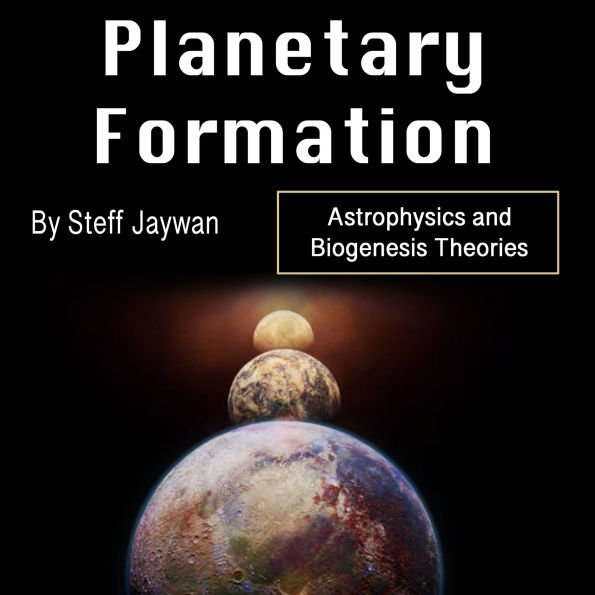Planetary formation is a captivating process that unfolds over millions to billions of years, sculpting the celestial bodies that populate our cosmos. It begins within the swirling embrace of a protoplanetary disk, a vast expanse of gas and dust leftover from the birth of a new star. Within this cosmic crucible, tiny grains of dust collide and coalesce, forming larger and larger aggregates known as planetesimals. Through the relentless pull of gravity, these planetesimals grow into protoplanets, embryonic worlds with the potential to one day become full-fledged planets.
As these protoplanets continue to accrete material from the surrounding disk, they undergo a dynamic interplay of gravitational interactions, collisions, and mergers. Some protoplanets may grow to become gas giants, like Jupiter and Saturn, while others may evolve into terrestrial planets, such as Earth and Mars. The process of planetary differentiation further shapes these nascent worlds, as heavier elements sink toward their cores, creating layered structures with distinct compositions and properties.
Planetary formation is a captivating process that unfolds over millions to billions of years, sculpting the celestial bodies that populate our cosmos. It begins within the swirling embrace of a protoplanetary disk, a vast expanse of gas and dust leftover from the birth of a new star. Within this cosmic crucible, tiny grains of dust collide and coalesce, forming larger and larger aggregates known as planetesimals. Through the relentless pull of gravity, these planetesimals grow into protoplanets, embryonic worlds with the potential to one day become full-fledged planets.
As these protoplanets continue to accrete material from the surrounding disk, they undergo a dynamic interplay of gravitational interactions, collisions, and mergers. Some protoplanets may grow to become gas giants, like Jupiter and Saturn, while others may evolve into terrestrial planets, such as Earth and Mars. The process of planetary differentiation further shapes these nascent worlds, as heavier elements sink toward their cores, creating layered structures with distinct compositions and properties.

Planetary Formation: Astrophysics and Biogenesis Theories

Planetary Formation: Astrophysics and Biogenesis Theories
FREE
with a B&N Audiobooks Subscription

Product Details
| BN ID: | 2940191086453 |
|---|---|
| Publisher: | Dedona Publishing |
| Publication date: | 08/15/2024 |
| Edition description: | Unabridged |
Videos

